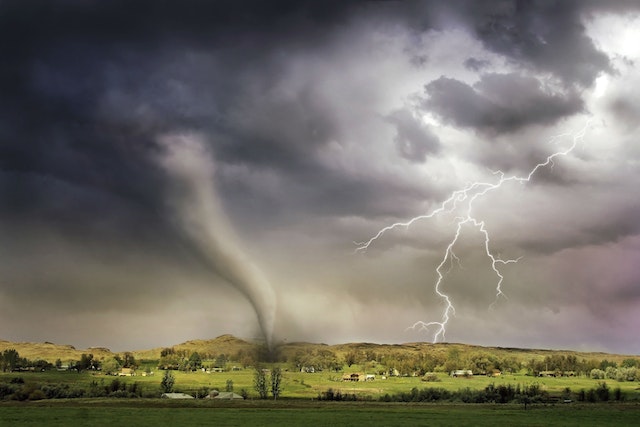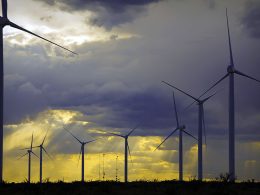Introduction:
Climate change has become a prominent global concern, with its impact on extreme weather events receiving increasing attention. Tornadoes, in particular, are a devastating natural phenomenon that can cause significant damage and loss of life. In this article, we will explore the connection between climate change and tornadoes, providing you with essential information to better understand this complex relationship.
1. Tornadoes: Nature’s Fierce Whirlwinds:
Tornadoes are violent, rotating columns of air that extend from thunderstorms to the ground. They are characterized by their strong winds, swirling debris, and destructive power. Tornadoes can form in various weather conditions, but understanding their link to climate change requires a deeper analysis.
2. Climate Change and Tornado Frequency:
Determining the direct impact of climate change on tornado frequency is challenging due to limited historical data and the complex nature of tornado formation. However, scientific research suggests that climate change may influence the atmospheric conditions necessary for tornado development. Changes in temperature, humidity, wind patterns, and instability can potentially affect the frequency and intensity of tornadoes.
3. Tornado Intensity and Climate Change:
While tornado frequency remains uncertain, there is evidence suggesting that climate change may contribute to an increase in tornado intensity. Warmer temperatures associated with climate change can create an environment with more energy and moisture, potentially fueling more intense thunderstorms that can produce stronger tornadoes. However, further research is needed to fully understand this relationship.
4. Tornado Outbreaks and Climate Change:
Tornado outbreaks, which involve the occurrence of multiple tornadoes within a limited time and area, have been observed to exhibit potential links to climate change. Changes in atmospheric conditions, such as the availability of moisture and wind shear, can influence the likelihood and severity of tornado outbreaks. However, the specific mechanisms involved are still under investigation.
5. Regional Variations and Uncertainties:
It’s important to note that the relationship between climate change and tornadoes can vary across different regions. Tornado activity is influenced by regional climate patterns and local weather systems, making it challenging to establish a universal connection. Additionally, natural climate variability can further complicate the analysis, leading to uncertainties in the specific impacts of climate change on tornadoes.
6. The Need for Further Research:
While current scientific understanding suggests a potential connection between climate change and tornadoes, more research is required to enhance our knowledge and make more accurate projections. Scientists continue to investigate historical data, analyze climate models, and conduct studies to better comprehend the complex relationship between climate change and tornado occurrence.
7. Mitigation and Preparedness:
Irrespective of the exact relationship between climate change and tornadoes, it’s crucial to focus on mitigating the impacts of extreme weather events. Implementing strategies to reduce greenhouse gas emissions, adapting infrastructure to withstand severe storms, and enhancing early warning systems are key components of climate change adaptation and disaster preparedness.
Conclusion:
The connection between climate change and tornadoes is a topic of ongoing scientific research and debate. While the direct influence of climate change on tornado frequency remains uncertain, there is evidence suggesting potential impacts on tornado intensity and outbreaks. Regional variations and the complex nature of tornado formation add further challenges to understanding this relationship. Regardless of the precise connection, it is essential to prioritize climate change mitigation and disaster preparedness to minimize the devastating impacts of tornadoes and other extreme weather events.












